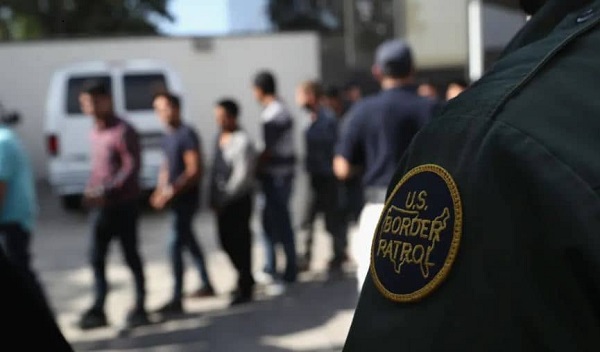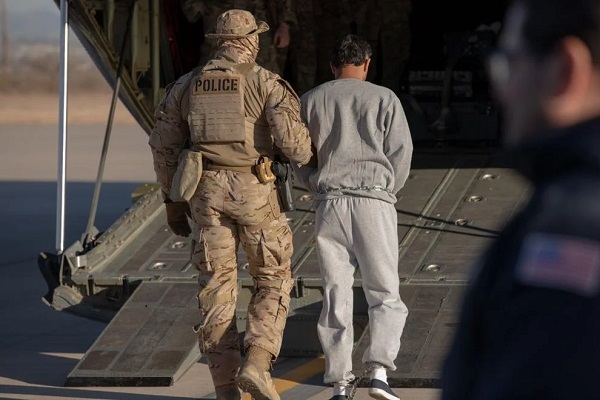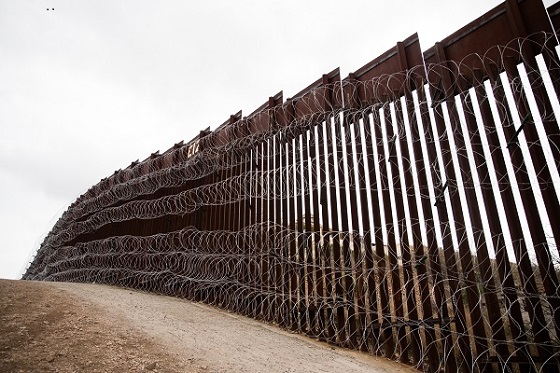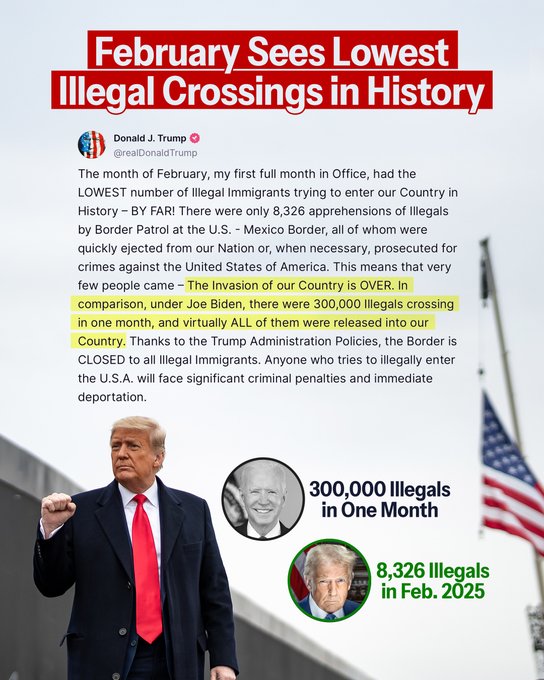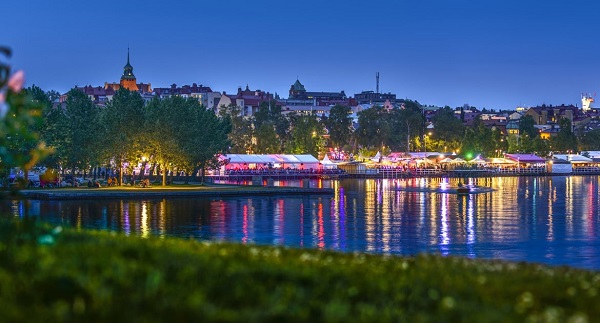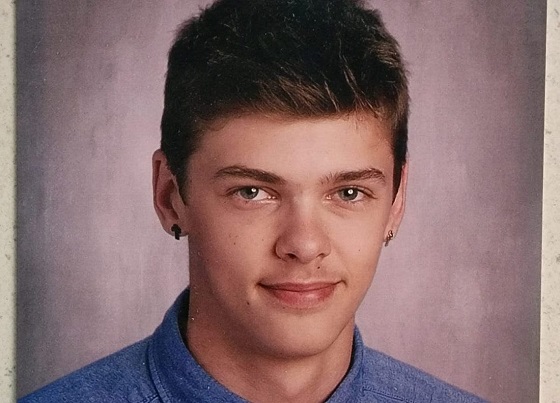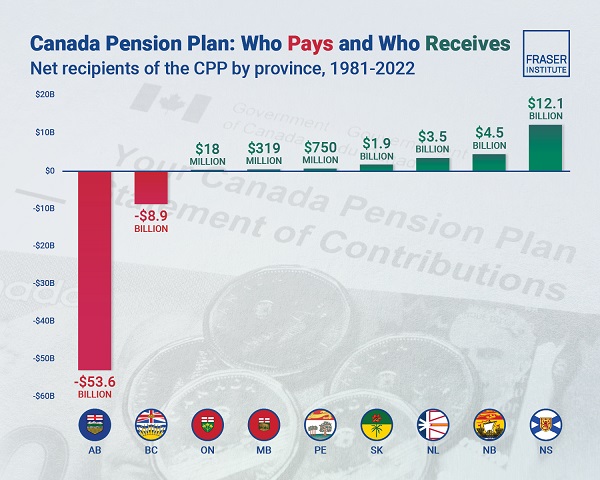By Todd Bensman as published by The New York Post
The latest liberal outrage over President Trump’s border policies is the fact that some migrant criminals have been handcuffed and shackled for their flights back home.
India objected when a C-17 arrived in New Delhi with 104 restrained deportees. And Colombian President Gustavo Petro set off a brief diplomatic row by turning back the first US planeload of deportees because many wore leg restraints.
“A migrant is not a criminal and must be treated with the dignity every human being is worthy of,” an indignant Petro posted on social media. “We will welcome back our fellow countrymen on civilian planes, without a criminal’s treatment.”
Undocumented immigrants leave a US court in shackles on June 11, 2018, in McAllen, Texas.Getty Images
Missing from this outcry is any explanation of why this is necessary.
The best way for Americans to understand the case for cuffing and shackling is by retelling the recent true story that isn’t far from the minds of career Department of Homeland Security officials.
It happened when President Joe Biden used mass air deportations to belatedly handle a massive camp of 15,000 mostly Haitian migrants that suddenly formed under the Del Rio, Texas, international bridge in September 2021.
That camp drew international media attention, which made it a major political threat to the Biden administration as the US midterm election campaign season was getting underway. It had to go — and fast.
On Sept. 20, a chartered commercial passenger plane left Laughlin Air Base with a group of male Haitians. Once they realized they weren’t going somewhere in the United States but back to Haiti, all hell broke loose.
Over 80 migrants board a C-17 military plane for a repatriation flight from El Paso, Texas, to Ecuador.CBP
The men ripped every window sunshade from their moorings, bent most overhead luggage compartment doors off their hinges. They tore seat cushions off frames, then ripped out their stuffing. They destroyed anything destroyable as pilots cowered at the controls behind locked cabin doors.
That was the beginning of a rampage of attempted hijackings, attacks on ICE agents and mutiny on the ground back in Texas, according to media reports. Once on the Port au Prince tarmac, dozens of the disembarked Haitians tried to storm back onto the plane, but a Haitian security officer blocked the stairwell.
Then the mob stormed aboard and attempted to hijack the second recently arrived flight, this one carrying women and children from Del Rio.
Some men assaulted the pilots and demanded to be flown back to the United States while others attacked and bit three resisting ICE agents on the plane. Haitian security eventually quelled the tarmac violence, but it wasn’t easy.
Once on the Port au Prince tarmac, dozens of the disembarked Haitians tried to storm back onto the plane, but a Haitian security officer blocked the stairwell.AP
As one plane prepared to taxi onto the Texas airbase runway, two Haitian passengers bolted from their seats and attacked ICE agents, demanding the flight be aborted. This delayed the flight. Another insurrection broke out on a second flight.
Haitians attacked their bus drivers, according to the Washington Examiner, forcing their drivers off, then drove some distance away and bailed out. In one event, detainees kicked out a window and 22 escaped.
In another incident, the Haitian detainees revolted and seized control of a bus driving them to San Antonio, pulled it over and ran. ICE search parties eventually recaptured most.
That was when DHS changed the procedure to what we see today. This isn’t a Trump innovation. The Biden DHS decided it would not only load all its flights from Texas with extra security officers and put protective cages around bus drivers but — most importantly of all — shackle some adult passengers.
The moral of this broadly forgotten story is that cuffing and shackling adult deportees is a better-safe-than-sorry measure to prevent riots at 40,000 feet and guarantee the safety of accompanying ICE officers.
Todd Bensman is a senior national security fellow at the Center for Immigration Studies.
